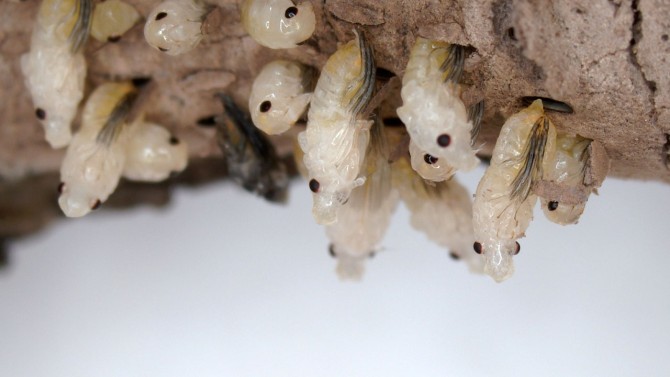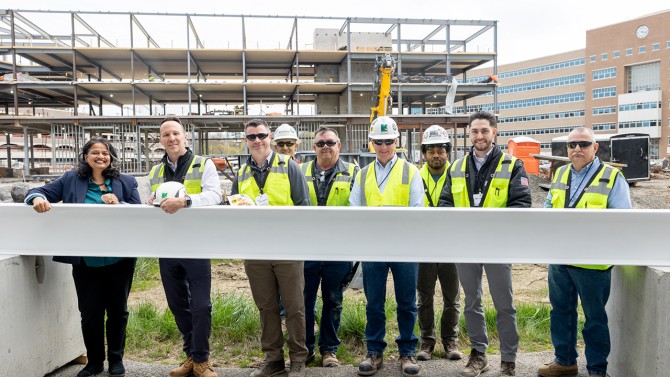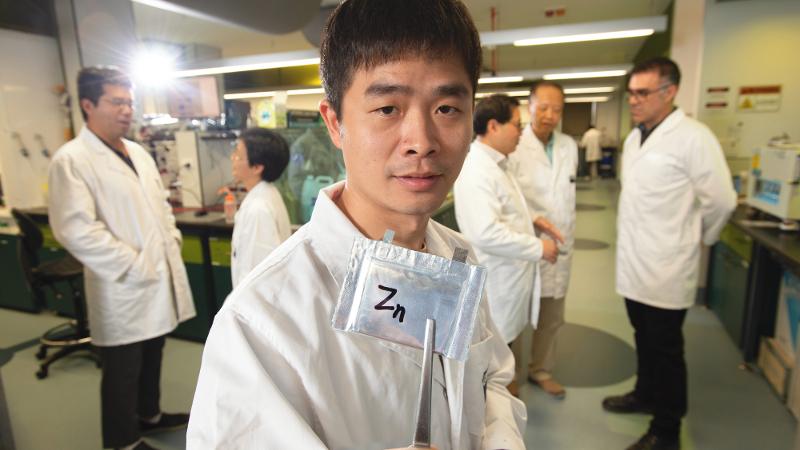Flight path design should minimise the potential for conflict and the need for interventions, an ATSB investigation into a close proximity event at Sydney Airport highlights.
The investigation report details that in the early evening of 5 August 2019, a Qantas Boeing 737 was on approach to land on Sydney Airport’s runway 34 right, while a Qantas A330 was awaiting a clearance to line up and take off from the same runway.
After a Dash 8 which had just landed had taxied off the runway, the aerodrome controller in the Sydney air traffic control tower – a qualified controller under training for the aerodrome controller role under the supervision of an instructor – issued the A330 with a clearance for an immediate take-off.
The A330 flight crew complied with the take-off instruction, but the controller, assessing that there could be insufficient runway separation between the departing A330 and the landing 737, then instructed the 737 to go around.
The 737 flight crew initiated the go around by climbing on the runway heading, but did not make a right turn when climbing through 600 ft as required by the missed approach procedure.
About 10 seconds later, the controller instructed the 737 to turn.
Meanwhile, as cleared, the A330 followed the standard instrument departure track by turning right shortly after take-off.
The two flight paths began to converge, with both aircraft turning right and climbing, and the A330 flight crew received a traffic alert from the onboard traffic collision advisory system (TCAS). Shortly after, the A330’s first officer sighted the 737 behind and to the right in a climbing turn.
“The aircraft came into close proximity, with separation between the aircraft reduced to about 0.42 NM (or 800 m) laterally and about 508 ft (or 150 m) vertically,” said ATSB Chief Commissioner Angus Mitchell.
“Nevertheless, the controllers maintained sight of both aircraft throughout the sequence and the risk of a collision was low.”
The ATSB’s investigation found that the close proximity incident was the culmination of a series of events that, individually, would only be minor concerns, but collectively resulted in a serious incident.
That series of events included:
- Reduced spacing between arriving aircraft without coordination between controllers;
- The 737’s speed during some of the final approach was higher than allowed without the flight crew advising the controller;
- The controller’s and instructor’s mental models of the developing traffic situation did not fully account for the effects of the 737’s delayed and relatively wide turn, and they expected the A330’s flight path to be further from the 737;
- No safety alert or avoiding action advice was given to either flight crew to notify them of their proximity and increase their situational awareness;
- The controller did not modify the A330’s flight path, which would have increased the distance between the aircraft;
- And, mindful that the trainee controller was (at this stage of their training) meant to be demonstrating the ability to work without intervention, the instructor did not provide effective prompts or intervene.
“The ATSB found that because the respective departure and missed approach procedures both involved climbing from a low level and heading to the east, controller intervention was needed to maintain separation,” said Mr Mitchell.
“In addition, controllers at Sydney did not have procedural controls to draw upon to separate aircraft in this type of situation when it occurred at low altitudes and at night.”
The ATSB identified three safety issues relating to the procedures and controller training, as well as another safety issue relating to the use of operational risk assessments for specific scenarios.
In addressing these issues, in 2020 Airservices redesigned the missed approach procedure for Sydney Airport’s runway 34 right to improve separation with other aircraft departing on a standard departure track from the same runway.
During the investigation Airservices also added compromised separation scenarios involving aircraft at low altitudes at night to the Sydney tower controller instructor guide, while in 2023 Airservices advised that the training program also now included a missed approach with a preceding departure in instrument meteorological conditions.
Qantas, meanwhile, updated the missed approach coding in its 737 flight management computers, incorporated related scenarios into cyclic training sessions, and updated its flight data analysis program to more closely monitor approach speeds and traffic collision avoidance system data.
“In this occurrence, a series of individual errors and decisions made by flight crews and controllers gradually reduced margins to a point where the two aircraft came within close proximity.” Mr Mitchell concluded.
“Although events like this are uncommon, systems should be designed to minimise the likelihood of a more serious outcome.”








